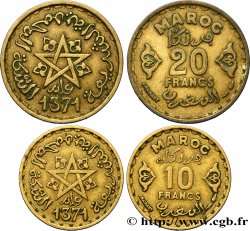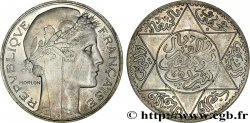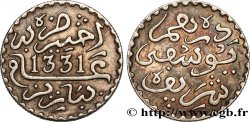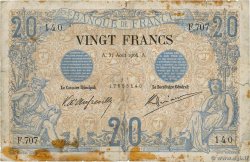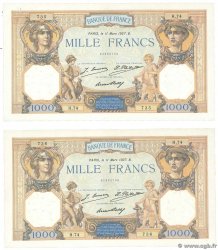Live auction - fco_322032 - MOROCCO - FRENCH PROTECTORATE 5 Dirhams essai laiton Morlon AH 1349 n.d.
You must signin and be an approved bidder to bid, LOGIN TO BID. Accounts are subject to approval and the approval process takes place within 48 hours. Do not wait until the day a sale closes to register. Clicking on "BID" constitutes acceptance of the terms of use of cgb.fr private live auctions.
Bids must be placed in whole Euro amounts only. The sale will start closing at the time stated on the item description; any bids received at the site after the closing time will not be executed. Transmission times may vary and bids could be rejected if you wait until the last second. For further information check the Live auction FAQ
All winning bids are subject to a 18% buyer’s fee.
All winning bids are subject to a 18% buyer’s fee.
| Estimate : | 5 500 € |
| Price : | no bid |
| Maximum bid : | no bid |
| End of the sale : | 19 April 2016 16:43:44 |
Type : 5 Dirhams essai laiton Morlon AH 1349
Date: n.d.
Quantity minted : -
Metal : brass
Diameter : 32,24 mm
Orientation dies : 7 h.
Weight : 12,10 g.
Edge : lisse
Rarity : INÉDIT
Slab

PCGS : SP64
Coments on the condition:
légères traces de manipulation et de doigts, sous coque PCGS SP64
Predigree :
Cet exemplaire provient de la Collection Michel
Obverse
Obverse legend : REPVBLIQVE - FRANÇAISEEN ARABE, AU CENTRE : DEMI-RIAL DE MOULAY YOUSSEF, LE NOBLE ; DANS LES CANTONS DE L’ÉTOILE : QU’IL SOIT ACCOMPAGNÉ PAR LA JOIE, LA CHANCE, L’AMOUR DE SON PEUPLE, LA GLOIRE, ET CE, POUR TOUJOURS.
Obverse description : tête de Marianne à droite et signature Morlon.
Reverse
Reverse legend : EN ARABE, AU CENTRE : DEMI-RIAL DE MOULAY YOUSSEF, LE NOBLE ; DANS LES CANTONS DE L’ÉTOILE : QU’IL SOIT ACCOMPAGNÉ PAR LA JOIE, LA CHANCE, L’AMOUR DE SON PEUPLE, LA GLOIRE, ET CE, POUR TOUJOURS.
Reverse description : tête de Marianne à droite et signature MorlonSceau de Salomon cerclé en son centre.
Commentary
Cette frappe est inédite en laiton. Par ailleurs, Lecompte signale une frappe médaille. Il s’agit ici d’une très étrange frappe à 7h qui se rapproche donc plus d’une frappe monnaie.
Nous avons souvent inversé les illustrations du livre de Jean Lecompte avers/revers car le Maroc étant un protectorat, la puissance émettrice, théoriquement placée à l’avers, est le roi du Maroc et non la République française.
Pour cette pièce, qui ne mentionne pas de statut politique particulier ni n’utilise le système inspiré de celui des Français (qui n’apparaît qu’en 1339 A.H., on devrait certainement placer à l’avers le nom et les titres du roi. On notera que dans ce cas l’avers porte également la valeur faciale, le revers une autre expression de la valeur faciale, le lieu et l’année de frappe.
Malheureusement, entre les intentions des responsables marocains, l’exécution par la Monnaie de Paris (nous avons vu que l’auteur des coins ne connaissait pas la langue arabe) et les traditions locales éventuellement différentes, il est très difficile de trancher.
This strike is unprecedented in brass. Furthermore, Lecompte reports a medal strike. This is a very strange strike at 7 o'clock which is therefore closer to a coin strike. We have often reversed the illustrations in Jean Lecompte's book obverse/reverse because Morocco being a protectorate, the issuing power, theoretically placed on the obverse, is the king of Morocco and not the French Republic. For this coin, which does not mention any particular political status nor use the system inspired by that of the French (which only appears in 1339 AH), the name and titles of the king should certainly be placed on the obverse. It should be noted that in this case the obverse also bears the face value, the reverse another expression of the face value, the place and year of strike. Unfortunately, between the intentions of the Moroccan officials, the execution by the Paris Mint (we have seen that the author of the dies did not know Arabic) and the possibly different local traditions, it is very difficult to decide
Nous avons souvent inversé les illustrations du livre de Jean Lecompte avers/revers car le Maroc étant un protectorat, la puissance émettrice, théoriquement placée à l’avers, est le roi du Maroc et non la République française.
Pour cette pièce, qui ne mentionne pas de statut politique particulier ni n’utilise le système inspiré de celui des Français (qui n’apparaît qu’en 1339 A.H., on devrait certainement placer à l’avers le nom et les titres du roi. On notera que dans ce cas l’avers porte également la valeur faciale, le revers une autre expression de la valeur faciale, le lieu et l’année de frappe.
Malheureusement, entre les intentions des responsables marocains, l’exécution par la Monnaie de Paris (nous avons vu que l’auteur des coins ne connaissait pas la langue arabe) et les traditions locales éventuellement différentes, il est très difficile de trancher.
This strike is unprecedented in brass. Furthermore, Lecompte reports a medal strike. This is a very strange strike at 7 o'clock which is therefore closer to a coin strike. We have often reversed the illustrations in Jean Lecompte's book obverse/reverse because Morocco being a protectorate, the issuing power, theoretically placed on the obverse, is the king of Morocco and not the French Republic. For this coin, which does not mention any particular political status nor use the system inspired by that of the French (which only appears in 1339 AH), the name and titles of the king should certainly be placed on the obverse. It should be noted that in this case the obverse also bears the face value, the reverse another expression of the face value, the place and year of strike. Unfortunately, between the intentions of the Moroccan officials, the execution by the Paris Mint (we have seen that the author of the dies did not know Arabic) and the possibly different local traditions, it is very difficult to decide







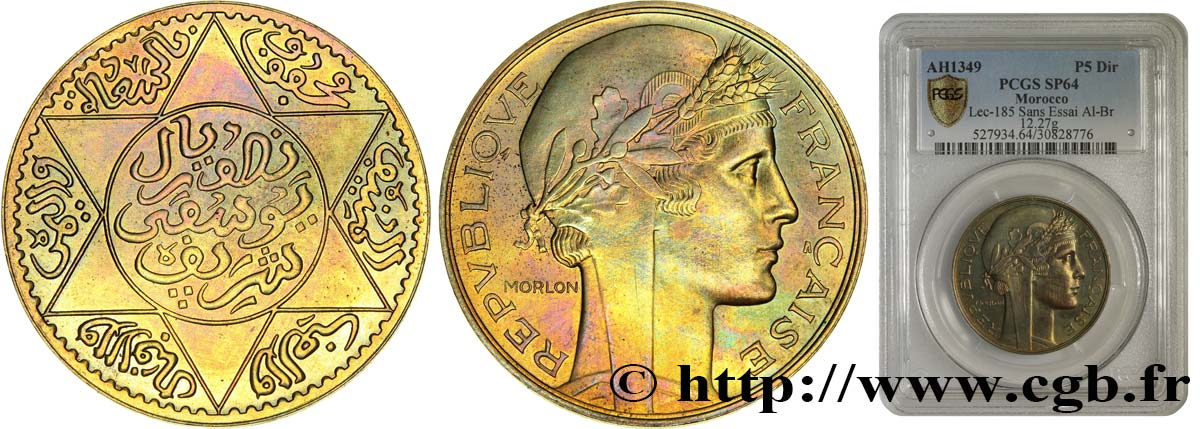
 Report a mistake
Report a mistake Print the page
Print the page Share my selection
Share my selection Ask a question
Ask a question Consign / sell
Consign / sell
 Full data
Full data
